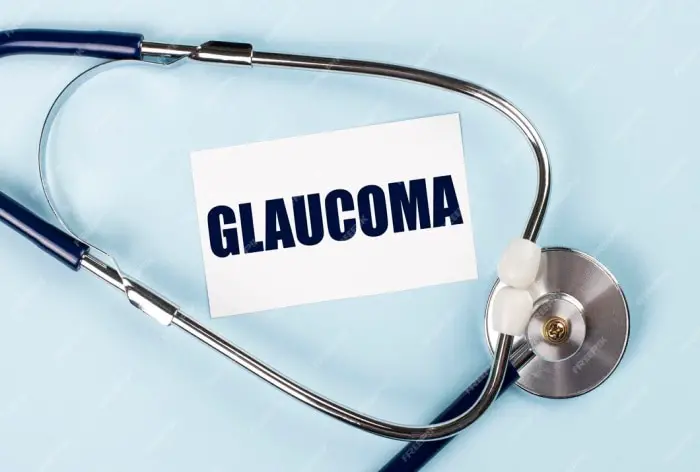Glaucoma is not exclusive to the elderly. Learn from experts as they debunk myths and provide clarity about this eye condition. Early detection is crucial.
Glaucoma: Debunking 8 Myths About This Eye Condition
Glaucoma is often associated with the elderly, but this eye disorder can affect people of all ages, including teenagers. It is a serious condition that damages the optic nerve and can lead to vision loss if not detected and treated early. With 80 million people worldwide affected by glaucoma, including 12 million in India, it’s important to debunk some common myths surrounding this condition.
Myth 1: Glaucoma is solely genetic
Contrary to popular belief, glaucoma is not solely tied to genetic factors. While a family history of glaucoma can increase an individual’s risk, other factors such as extended use of steroids, medications for autoimmune diseases, and a history of eye injuries can also contribute to the development of glaucoma.
Myth 2: No alternatives if medications fail
There are surgical and laser procedures available to slow down the progression of glaucoma when medications prove insufficient. Consulting an expert ophthalmologist can lead to suitable treatments and prevent irreversible blindness.
Myth 3: Glaucoma only occurs with high intraocular pressure
Glaucoma results from optic nerve damage, not just high intraocular pressure. The pressure elevation happens due to the buildup of aqueous humor, causing damage to the optic nerve.
Myth 4: People with good eyesight won’t develop glaucoma
Glaucoma can occur in individuals with good eyesight. Symptoms may not be noticeable until the disease has reached moderate or advanced stages, emphasizing the importance of early detection.
Myth 5: Glaucoma can be cured with dietary modification
Dietary modifications alone cannot cure glaucoma. While a healthy lifestyle, including a balanced diet, is beneficial, medical treatment is necessary to manage glaucoma effectively.
Myth 6: Glaucoma only affects the elderly
Glaucoma can affect individuals aged 20 to 50 and even infants due to irregular ocular development. Different types of glaucoma can affect different age groups, including newborns.
Myth 7: Unattended cataracts can cause glaucoma and irreversible vision loss
Cataracts and glaucoma are distinct conditions. While they share common risk factors, one does not transform into the other. Cataracts are treatable and occur as a result of aging, while glaucoma can occur irrespective of age.
Myth 8: Excessive screen time raises glaucoma risk
There is no scientific evidence linking excess screen time to glaucoma. However, individuals with myopia spending extended periods at screens may be at risk.
In summary, it’s important to debunk misconceptions and promote early detection and proactive eye care to protect vision and prevent irreversible damage associated with glaucoma. Increasing awareness about potential risk factors and symptoms of glaucoma is crucial for maintaining optimal eye health. Regular eye examinations and the promotion of proactive measures are necessary to protect vision and prevent irreversible damage. If there is a significant family history of glaucoma, it is imperative for the next generation to undergo comprehensive glaucoma testing in addition to routine screenings.
The content above aims to provide clarity and promote proactive eye care, debunking common myths around glaucoma. For more information on glaucoma and its management, contact Sankara Eye Hospital or visit their website.


